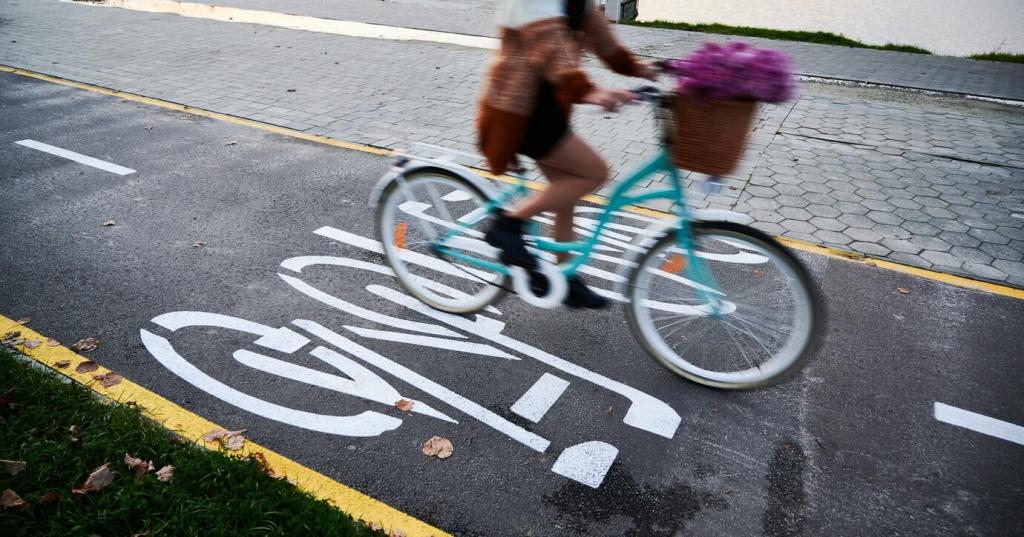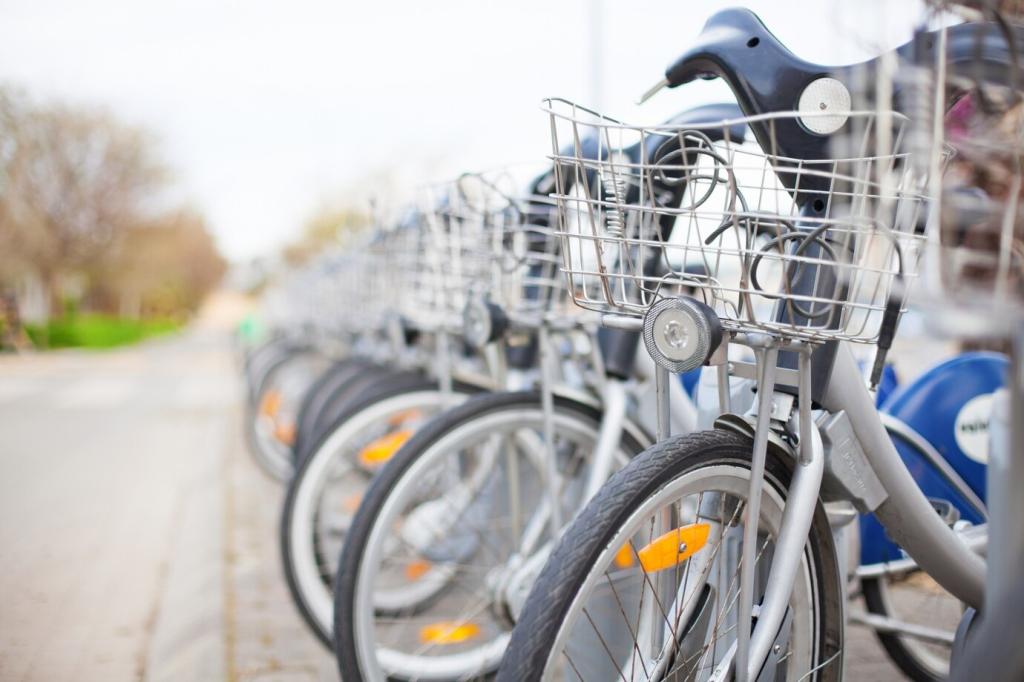Decarbonizing the Route: Smarter Network Design
A regional grocer reduced empty miles by pairing milk runs with two micro-hubs near dense neighborhoods. Drivers spent less time idling, customers received tighter delivery windows, and capacity became more resilient during seasonal peaks. Where could a compact cross-dock or pick-up micro site shorten the last mile in your network?
Decarbonizing the Route: Smarter Network Design
We once discovered half‑full trucks leaving a DC at 4 p.m. daily due to a legacy cut‑off rule. By shifting dock scheduling and extending order consolidation by ninety minutes, weekly departures fell, on‑time performance improved, and emissions dropped. Share your load factor tactics—what rules could you rewrite without hurting service?
Decarbonizing the Route: Smarter Network Design
Not every shipment needs overnight. Offering a “low‑emission delivery” option at checkout gently nudges demand to slower, fuller, greener routes. One apparel brand highlighted expected carbon savings and saw meaningful adoption, even among urgent shoppers. Would your customers choose greener transit if you made the benefits and timing crystal clear?
Decarbonizing the Route: Smarter Network Design
Lorem ipsum dolor sit amet, consectetur adipiscing elit. Ut elit tellus, luctus nec ullamcorper mattis, pulvinar dapibus leo.





